In pictures: Restored Humayun's Tomb
- Published
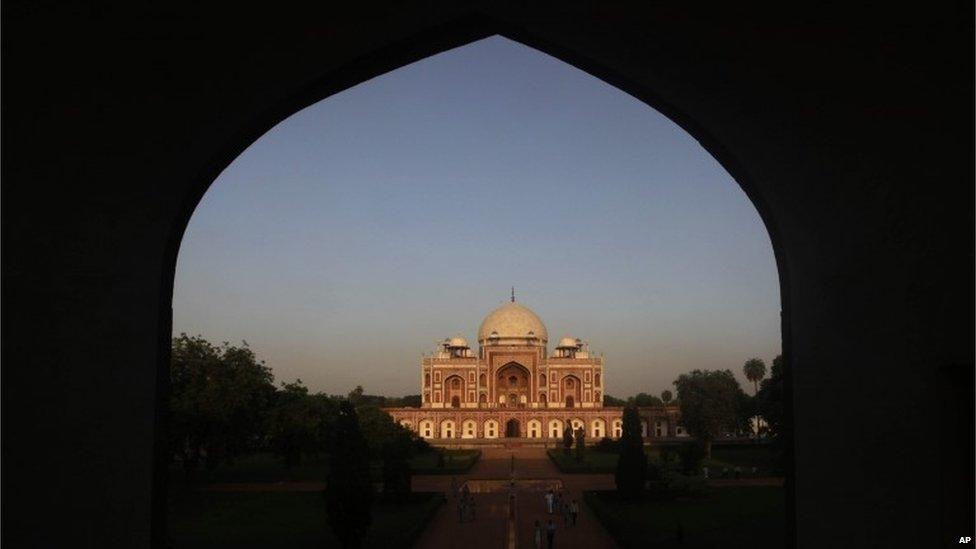
Humayun's Tomb, a 16th-Century mausoleum in the Indian capital, Delhi, reopened last week after six years of restoration work.
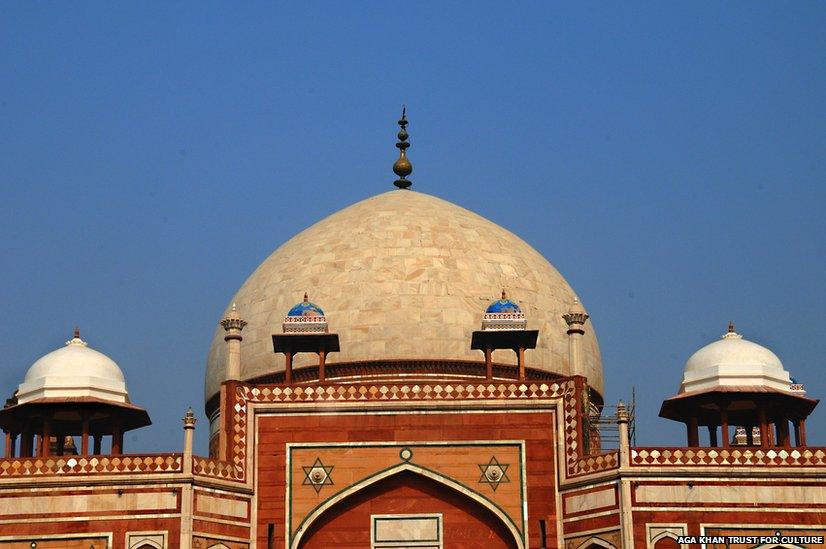
Built in 1565, nine years after the death of Mughal emperor Humayun, the mausoleum was designed by Persian architect Mirak Mirza Ghiyas.
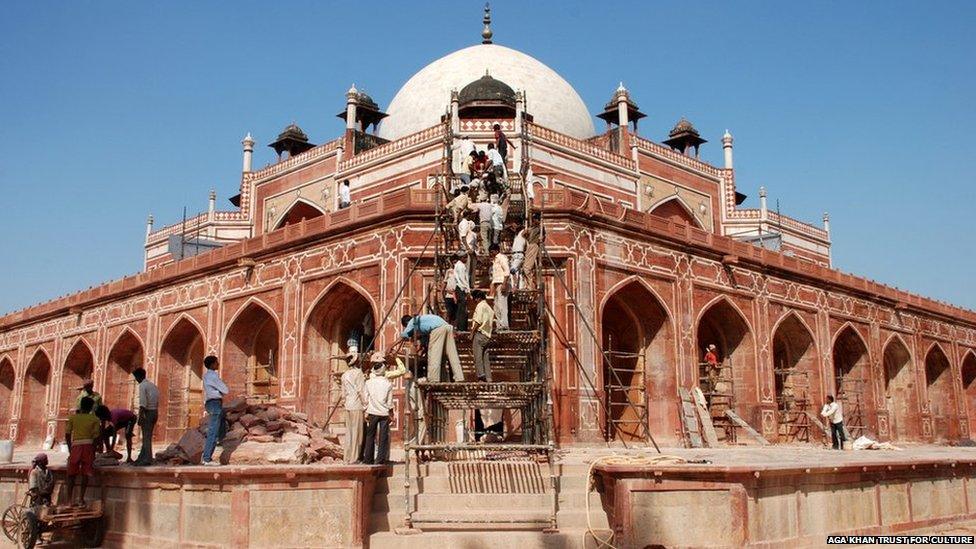
Thousands of master craftsmen worked to restore the Unesco World Heritage Site.
.jpg)
The restoration was undertaken by the Aga Khan Trust for Culture and co-funded by the Sir Dorabji Tata Trust. It was carried out in partnership with the Archaeological Survey of India.
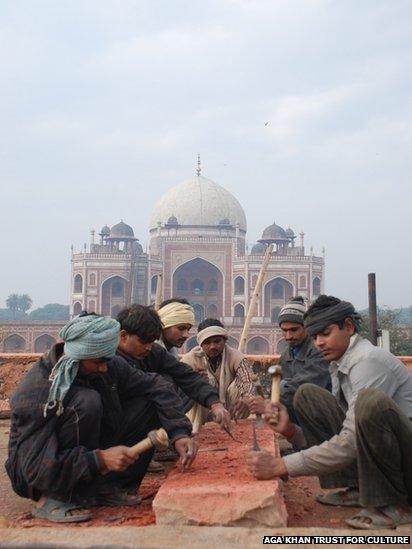
Stone carvers, plasterers, masons, tile makers and carpenters undertook some 200,000 man-days of work to restore the monument and neighbouring structures.
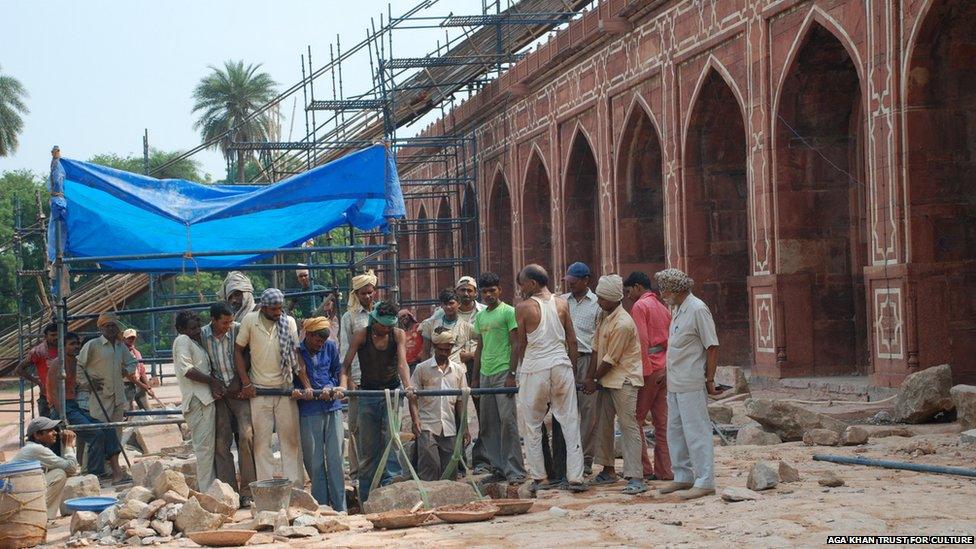
The Aga Khan Trust and the Archaeological Survey of India flew in craftsmen from Uzbekistan - the original home of Babur who founded the Mughal dynasty in India - to train people for the work.
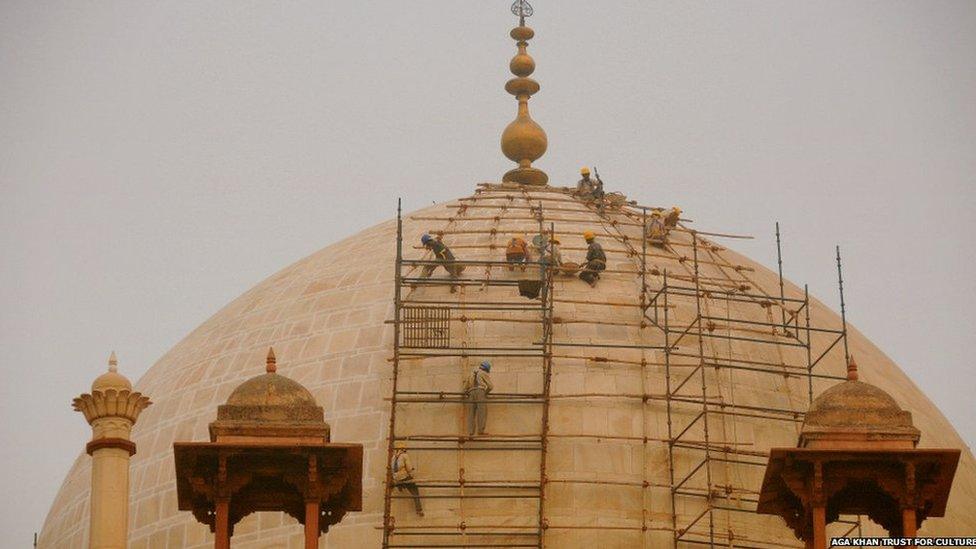
A million kilos of concrete, laid on the roof in the 20th Century, were removed by stone carvers using hand tools to minimise vibrations.
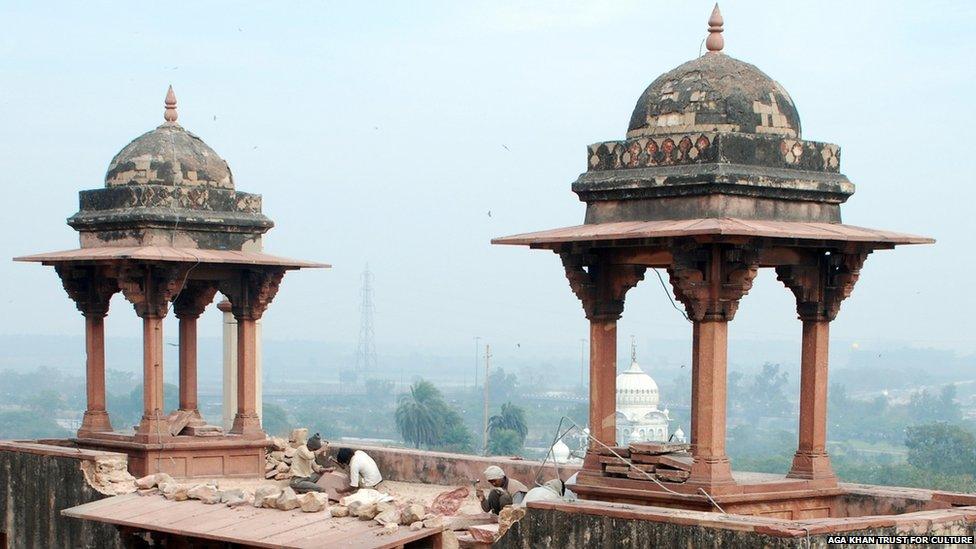
The restoration is the largest and most ambitious heritage conservation project undertaken in India.
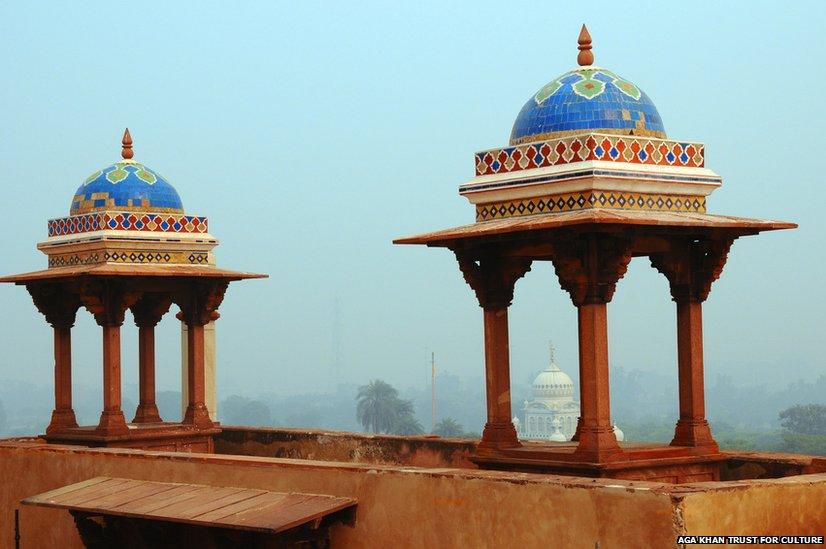
Craftsmen restored stone joints in the dome with lime and restored the tile work to the roof canopies.
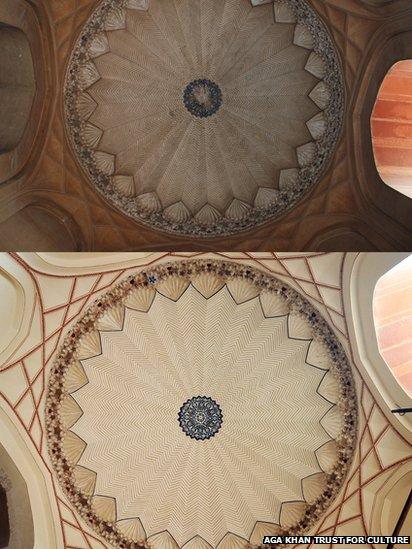
Each stone on the facade was inspected to ensure minimum intervention. More than 10% of the facade stone was replaced, using the same tools and techniques used by the Mughal builders.
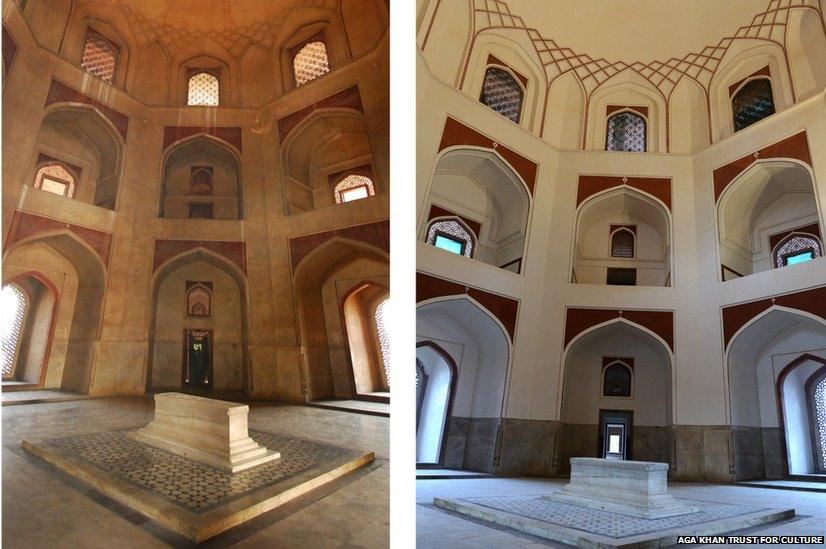
Some 225,000 sq-ft of lime plaster has been restored to the monument and attached gateways and pavilions after removing the cement plaster applied here in the 20th Century.
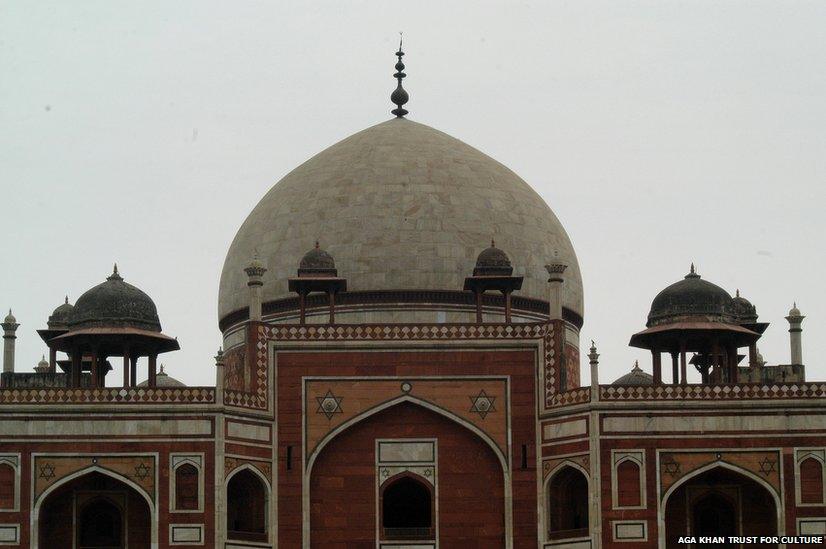
The restoration is likely to draw in more tourists to the monument which, many historians believe, inspired the design of the Taj Mahal.